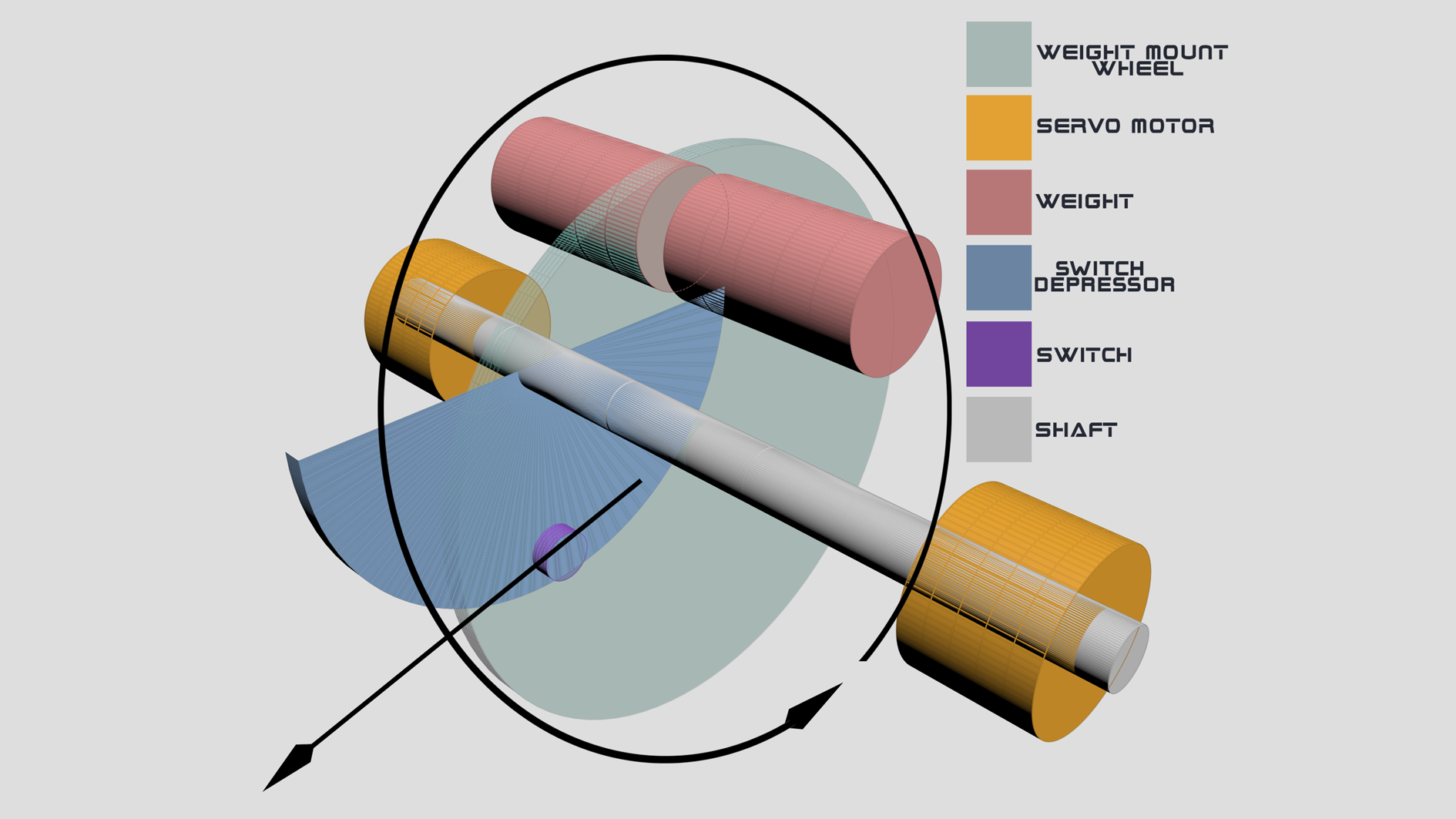Seems very similar to an idea i had when i was around 20yold.
Fire a metal sphere from one end a ships and stop it at the same end in a 1/2 sphere tube rail to be fired again.
A reverse force is felt each time it's fired but the net gain is 0, when it's stopped at the same end it was fired it's a different story.
Called internal shock.
We fire the metal sphere with a mini rail gun so it's all electric.
Many people said that conservation of momentum wouldn't allow movement.
But a few people also said we internally shock the same end when fired and stopped so conservation of momentum should create a thrust in the opposite direction.
Jury still out on the idea so don't give up trying.
Great ideas come from not listening to much to set laws but just enough.
Fire a metal sphere from one end a ships and stop it at the same end in a 1/2 sphere tube rail to be fired again.
A reverse force is felt each time it's fired but the net gain is 0, when it's stopped at the same end it was fired it's a different story.
Called internal shock.
We fire the metal sphere with a mini rail gun so it's all electric.
Many people said that conservation of momentum wouldn't allow movement.
But a few people also said we internally shock the same end when fired and stopped so conservation of momentum should create a thrust in the opposite direction.
Jury still out on the idea so don't give up trying.
Great ideas come from not listening to much to set laws but just enough.



